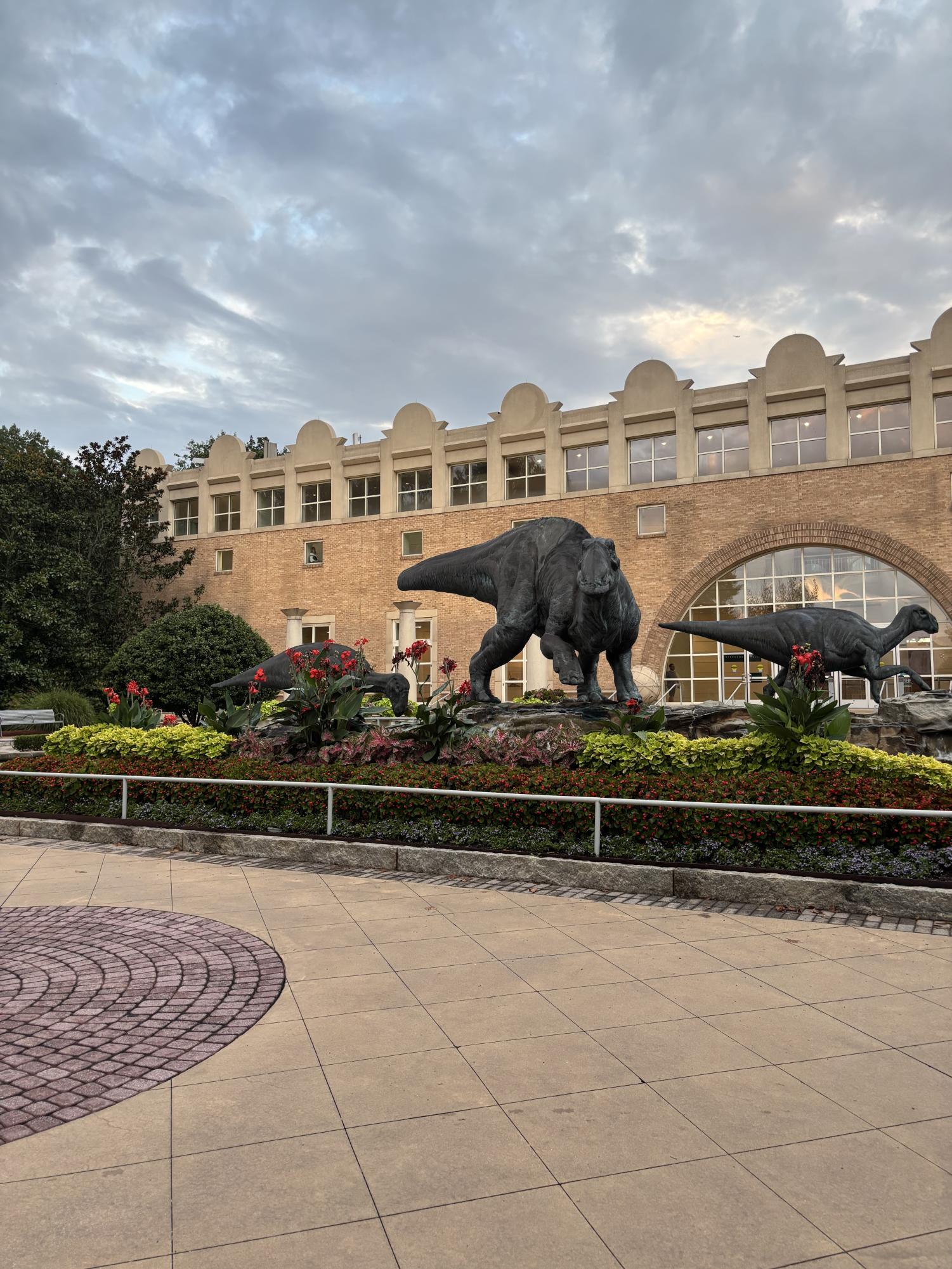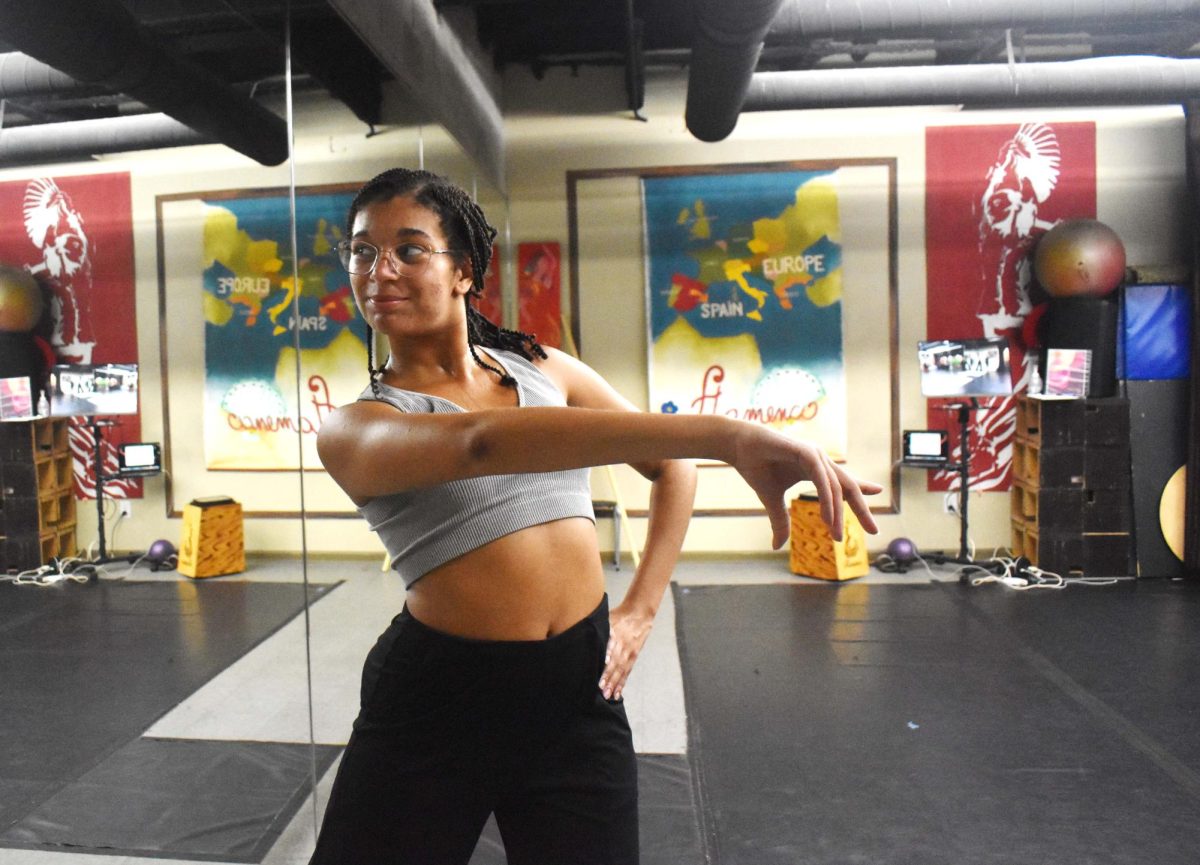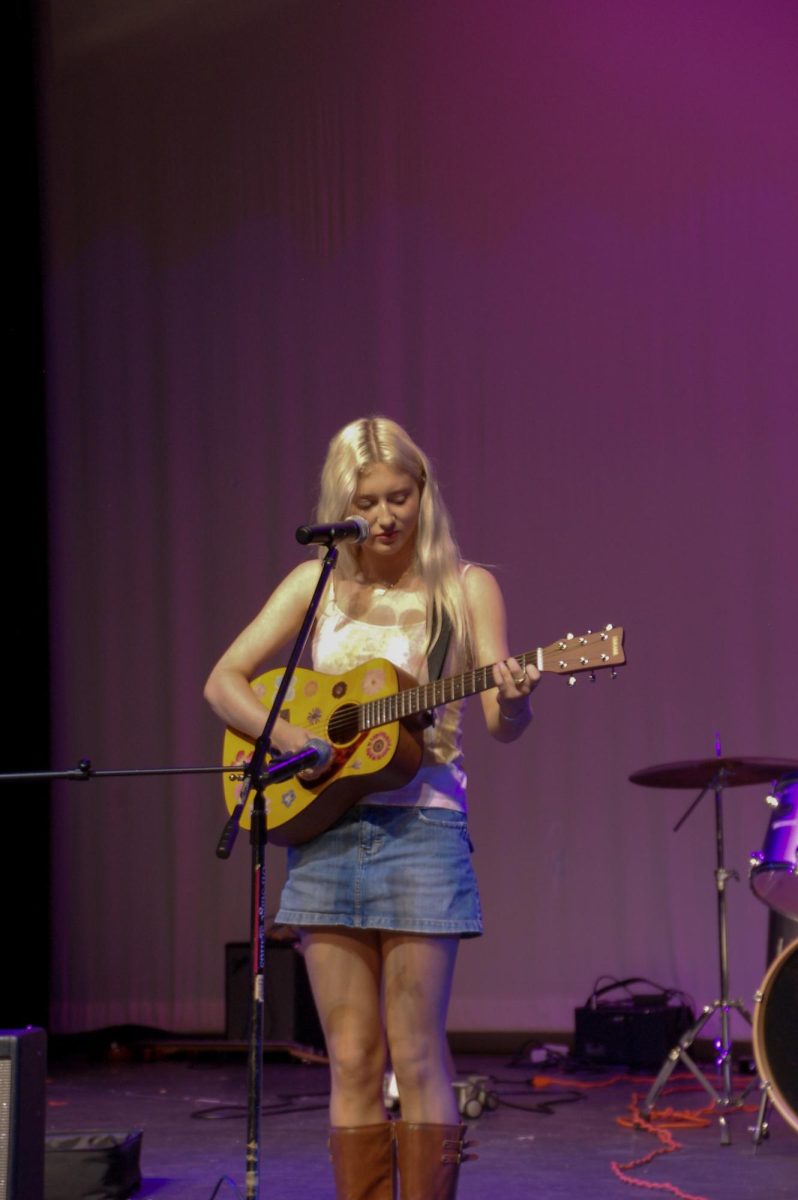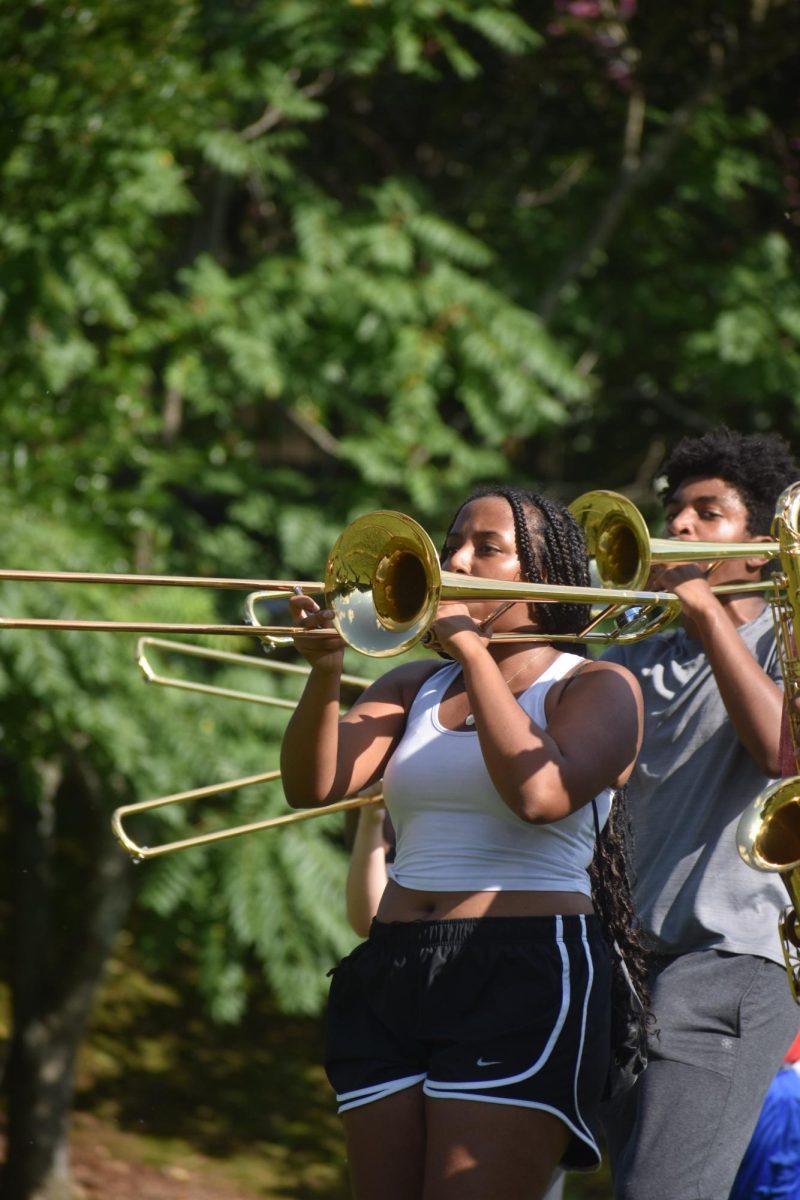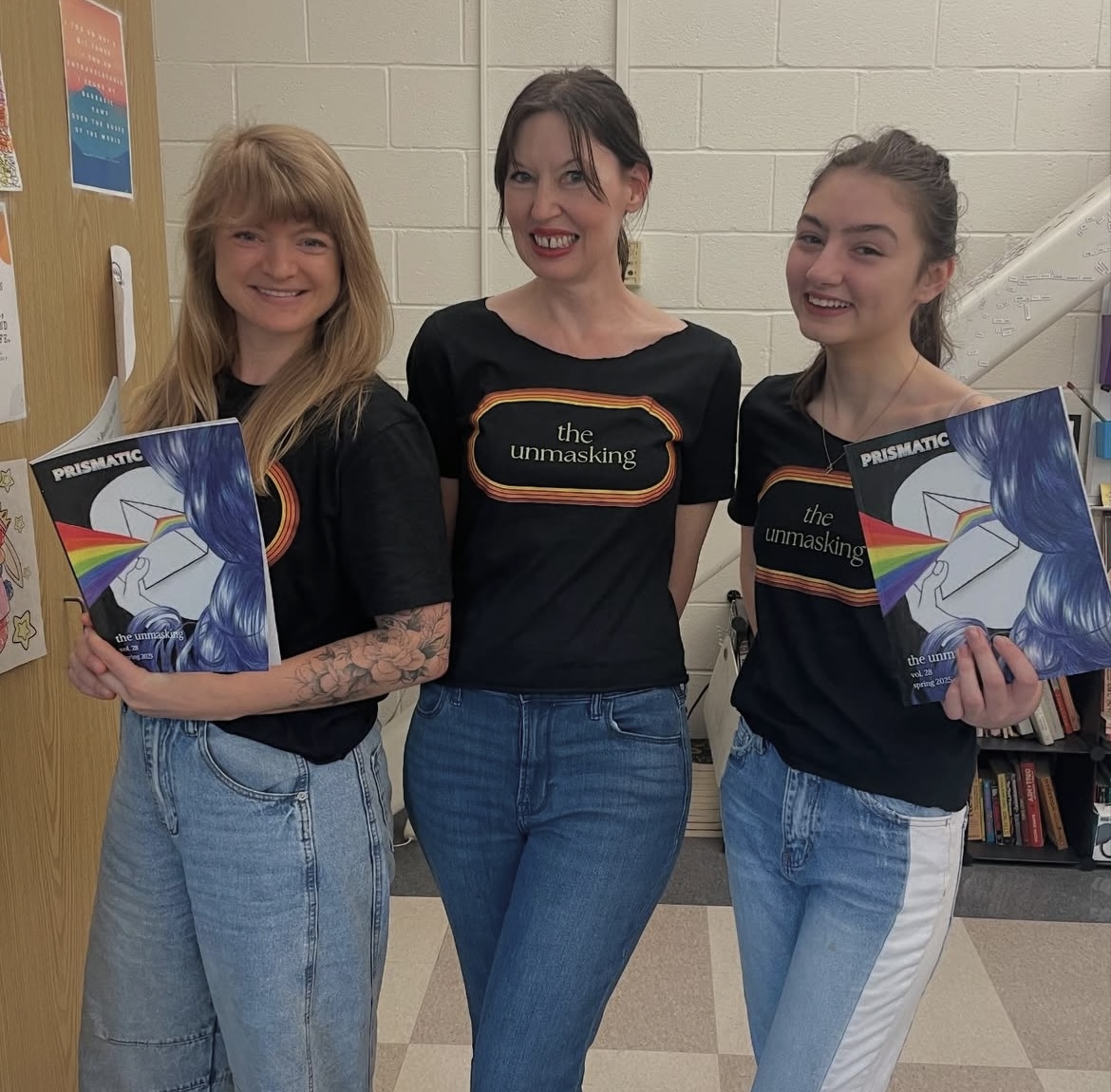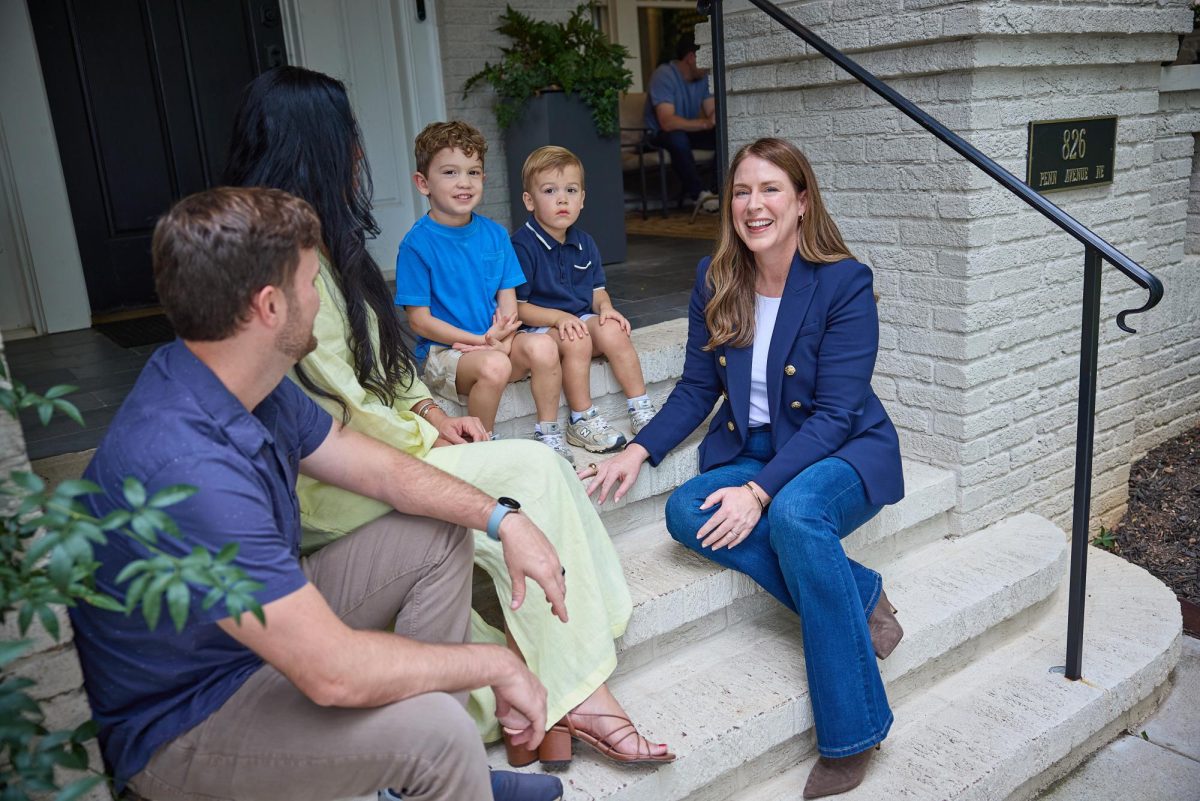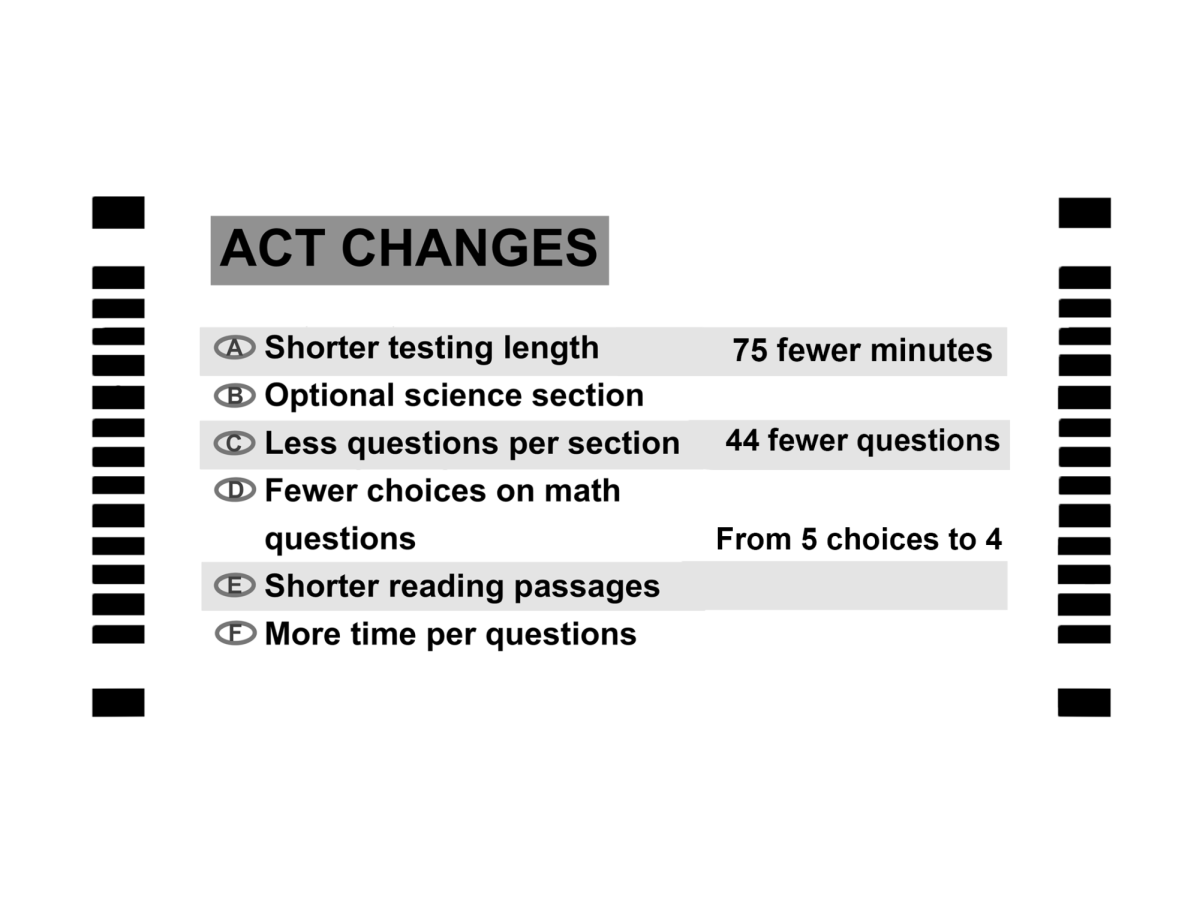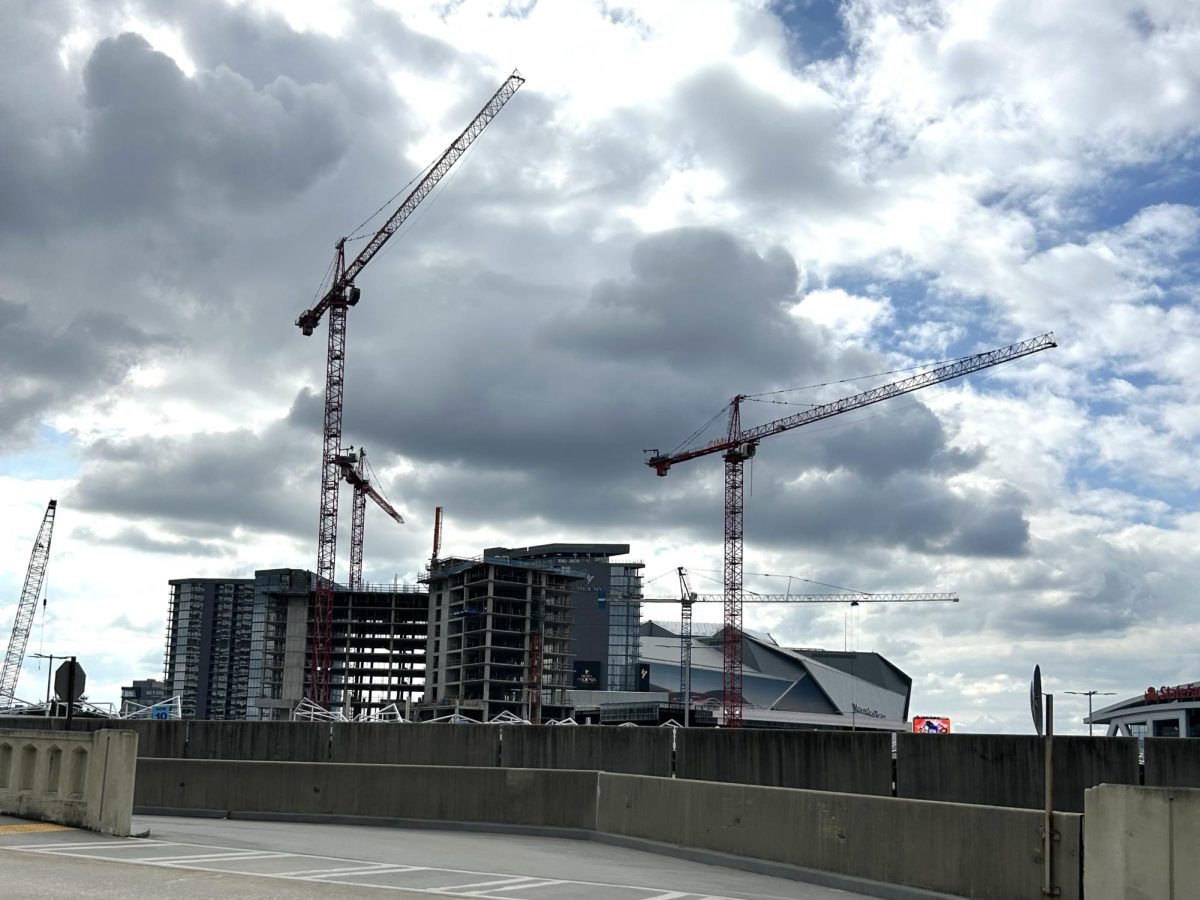Fernbank Museum of Natural History has announced plans for the addition of several new exhibits to the museum, the result of a $27 million capital campaign to fund renovations. Fernbank President and CEO, Jennifer Warner said the museum will begin to roll out new upgrades in upcoming years.
“Over the next two years, multiple new experiences will open across all three floors of the museum,” Warner said. “We’ll also be able to add a second passenger elevator and additional automatic doors to enhance accessibility.”
Warner said the exhibit’s construction is being funded by donors who support Fernbank’s mission to provide a fun and educational space for all ages.
“We’re fortunate to have support from the philanthropic community,” Warner said. “More than 80 major donors, including individuals, foundations and corporate sponsors came together out of their support of Fernbank, our mission and the opportunity for this remarkable transformation. They value Fernbank’s work in offering science and nature educational experiences, as well as the museum being a vital part of the cultural fabric of Atlanta.”
One of the new exhibits, named “Our Place in the Cosmos,” will open in late 2025 and will be focused on the history and science behind the solar system. Warner said it will include an immersive experience to view constellations and the universe as a whole.
“The Star Gallery, which features a fiber optic ceiling mapping the stars and constellations of the evening Georgia sky, will see a transformation with expanded content about the solar system and origins of our universe, as well as cinematic media,” Warner said. “With new interpretation and custom-produced video content, guests will explore how humans have connected to the constellations over time and how we are using science today to reconstruct our universe’s 13.8-billion-year story.”
The plans also include the Orkin Discovery Zone, an interactive experience educating patrons about scientific exploration. Warner said visitors will be able to learn about the complexity of the earth and how species are classified from a scientist’s perspective.
“The new Orkin Discovery Zone will feature a hands-on, active learning environment on the museum’s third floor,” Warner said. “All ages will step into the role of a scientist and hone their observation skills while they explore authentic objects, live animals and interactives. As they explore, guests will learn about biodiversity, classification, communication and more dynamic systems. As Fernbank’s largest permanent exhibit, it will reveal the beauty, phenomena and diversity across every part of Earth.”
Junior Max Shoenbaum volunteers at Fernbank and said it is important to include hands-on installations in the new exhibits for younger visitors.
“I think it’s necessary for younger kids to be able to interact with different aspects of the exhibits,” Schoenbaum said. “Not only is it just more fun for them, but it’s a better way for them to actually learn and remember different things about the science and history of the earth.”
In 2027, Fernbank will be opening its doors to the museum’s largest and most immersive permanent exhibit, “The Changing Earth Experience.” Warner said the exhibit will showcase the complex systems that shape our planet.
“Real specimens, touchable objects, interactive opportunities, immersive features and sophisticated technology combine to offer a unique exhibit experience,” Warner said. “Connected zones will allow guests to take a deeper dive into the systems that are the underpinning of our planet, through water, land, air and life, revealing how they influence each other, and how they continue to change. Across wildlife, human culture and dramatic formations, the exhibit features incredible discoveries that tell Earth’s story, which continues to unfold.”
While these changes are taking place, Fernbank is committed to providing other opportunities for guests to experience. Warner said they plan for the museum to stay open throughout the construction process, and that it will still offer an abundance of educational exhibits and films.
“We put the guests at the forefront of how we designed the new exhibits, and we will keep guests in focus to reduce construction impact on their visit by opening these exhibits in phases,” Warner said. “When one opens, we move to the next. Additionally, we have planned an incredible line-up of special exhibits over the next two years to ensure there are additional new experiences to enjoy. We will also have new giant screen films, and all the other permanent experiences throughout the museum, in WildWoods and in Fernbank Forest.”
Junior Lachlan Blake volunteers at Fernbank and said the museum gets a lot of student visitors and the new additions will be intriguing for them.
“I’m really excited to see how the community interacts with the new exhibits,” Blake said. “We always have so many students and families visit; so, I know this will be an exciting experience for them.”
With these new exhibits and accessibility additions, Fernbank will remain a core part of the community, fostering educational experiences for visitors of all ages.
“The new exhibits will allow Fernbank to continue offering dynamic science and nature experiences that are designed to spark curiosity about the world around us and our role in stewarding its future,” Warner said. “Serving all ages and stages of learners.”


